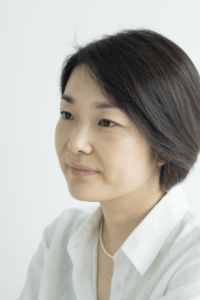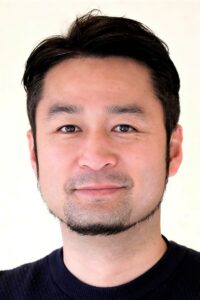
Editor’s note: This article was written in March, before an increase in COVID-19 infections. However, we have obtained permission from the author and the publisher to reproduce this article unchanged now, when the COVID-19 pandemic has subsided again. Kageyama Yumiko, antique art dealer and writer In any age, works of art enrich the hearts of those who see them. Right now, as we are worn out by living with COVID self-restraint, a single painting can provide energy and help us forget time spent in sadness. Although some museums and galleries are currently closed due to COVID-19, others have carefully put in place infection control measures such as pre-booking and temperature checks, and are welcoming art fans. What’s more, as long as visitors wear masks and avoid crowded places, they can view art works in freedom. As a collector of paintings by ... ... [Read more]








